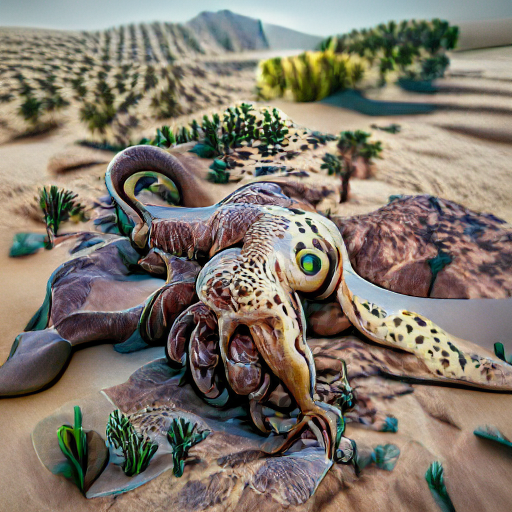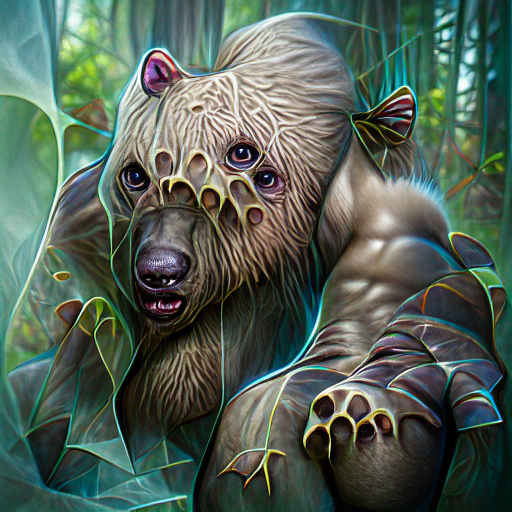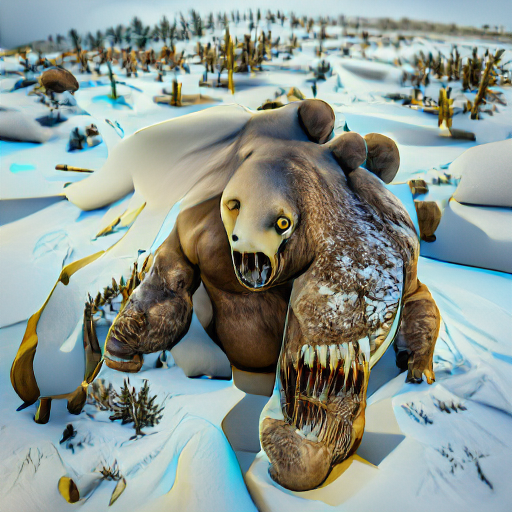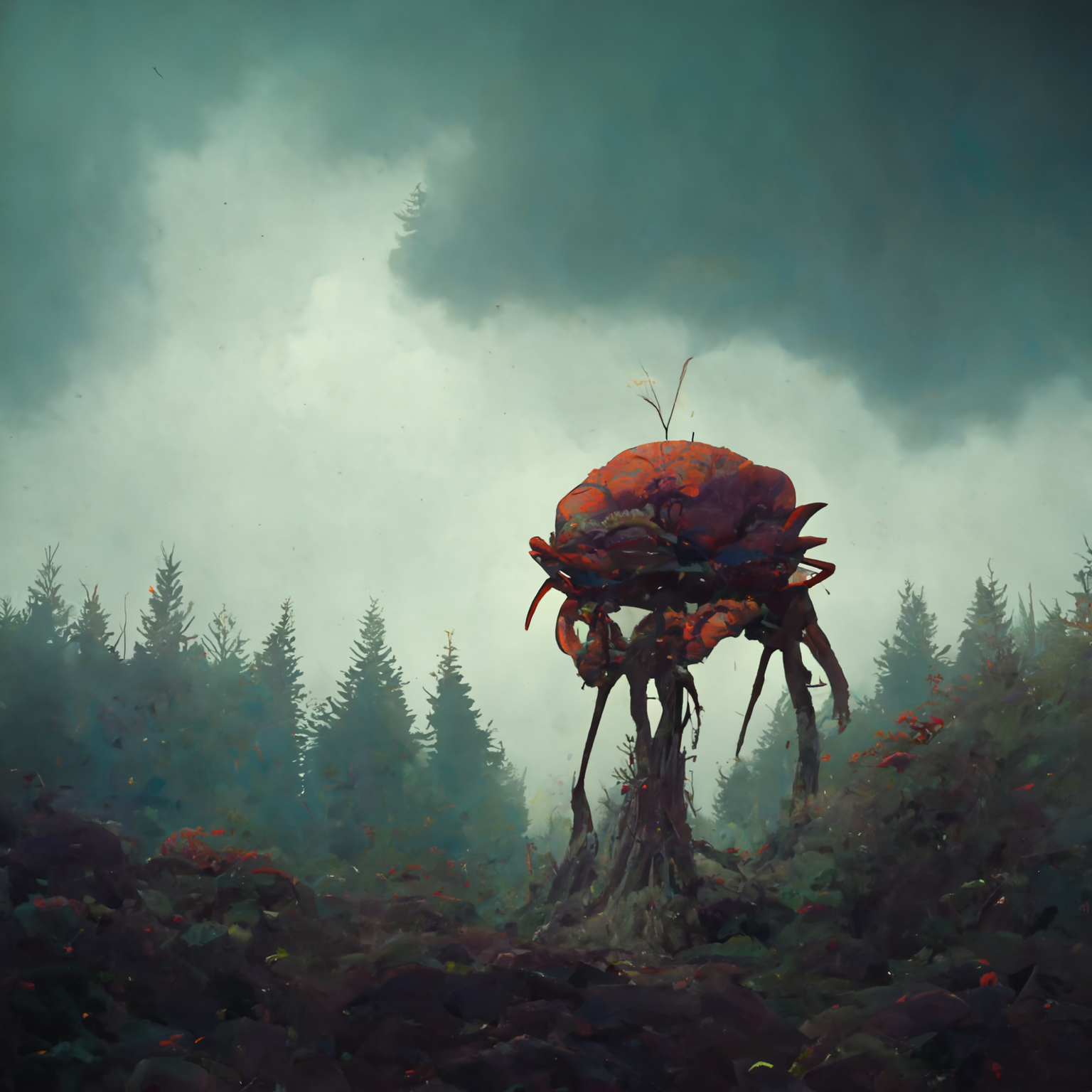
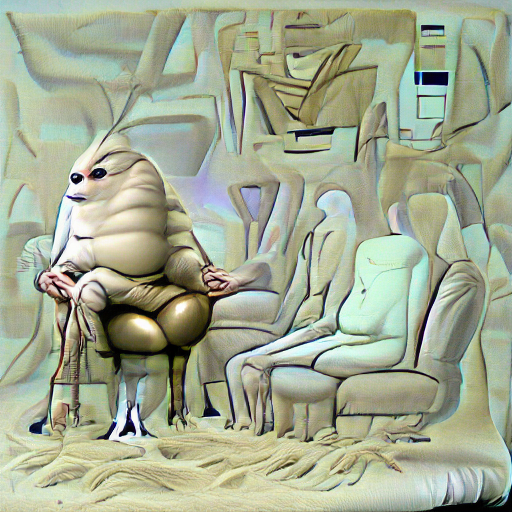
Emollo are a race of intelligent grub-like creatures that evolved arms and legs while living in gigantic, underground cities. They stand approximately three centimeteres tall and typically live around eighty years, spending approximately half of that in their long-term school system.
Explore an endless universe of ficticious life on NovelGens.
